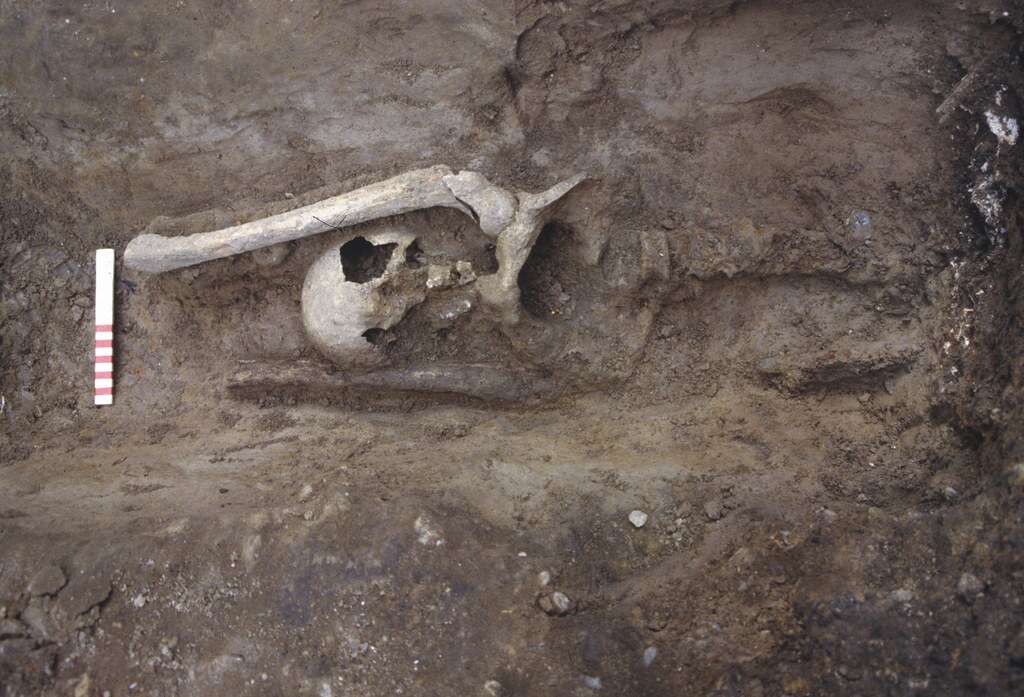

Archaeologists have uncovered a remarkable Neolithic tomb containing the remains of a decapitated woman in southern France. The burial, located in the town of Puisserguier, dates back to the Late Stone Age and features an unusual arrangement.
The woman’s head was carefully placed on her chest, a practice rarely seen in the region. This discovery has sparked intrigue among experts, shedding light on ancient funerary customs and raising questions about their symbolic significance.
The site, first investigated in 2017, contained a 2.9-meter-wide pit that archaeologists believe once served as a storage silo. At a depth of just 30 centimeters, the skeleton of an adult woman was uncovered.
Experts identified the remains as female by analyzing pelvic features, later confirmed through genetic testing. Radiocarbon dating linked the burial to the Verazien culture, a society that thrived in the Languedoc-Roussillon and Catalonia regions around 4,700 years ago.
What sets this burial apart is the treatment of the body. The woman was laid on her back with her arms crossed—a typical position for the time. However, her head had been severed and carefully placed on her torso, resting near her right hand.
The meticulous placement suggests intentionality and care, rather than accidental movement over time.
The preservation of the skull, jawbone, and hand indicates the remains were covered with soil before decomposition, ruling out natural causes for the positioning. This supports the theory that decapitation occurred intentionally, likely at or shortly after the time of death.
The damaged state of the neck bones complicates the analysis. Researchers have not yet identified cut marks that would confirm deliberate severing. The careful placement of the head contrasts with other known practices in the region, where skulls were often removed long after burial and arranged less systematically.
Burials involving decapitation have been documented in Neolithic Europe, often tied to symbolic or ritualistic practices such as displaying skulls. However, no similar burial has been recorded in southern France.
Researchers say the attention to anatomical alignment and care in this case suggests respect for the deceased, pointing to a possible ritual rather than social exclusion.
The discovery leaves archaeologists with unanswered questions. Why was this woman decapitated? Was it part of a unique funerary custom, or does it reflect extraordinary circumstances? Could this burial represent a broader, undocumented practice in the region?
This burial remains unmatched in France, offering a rare glimpse into the diversity of ancient funerary practices and leaving experts eager for further study.
